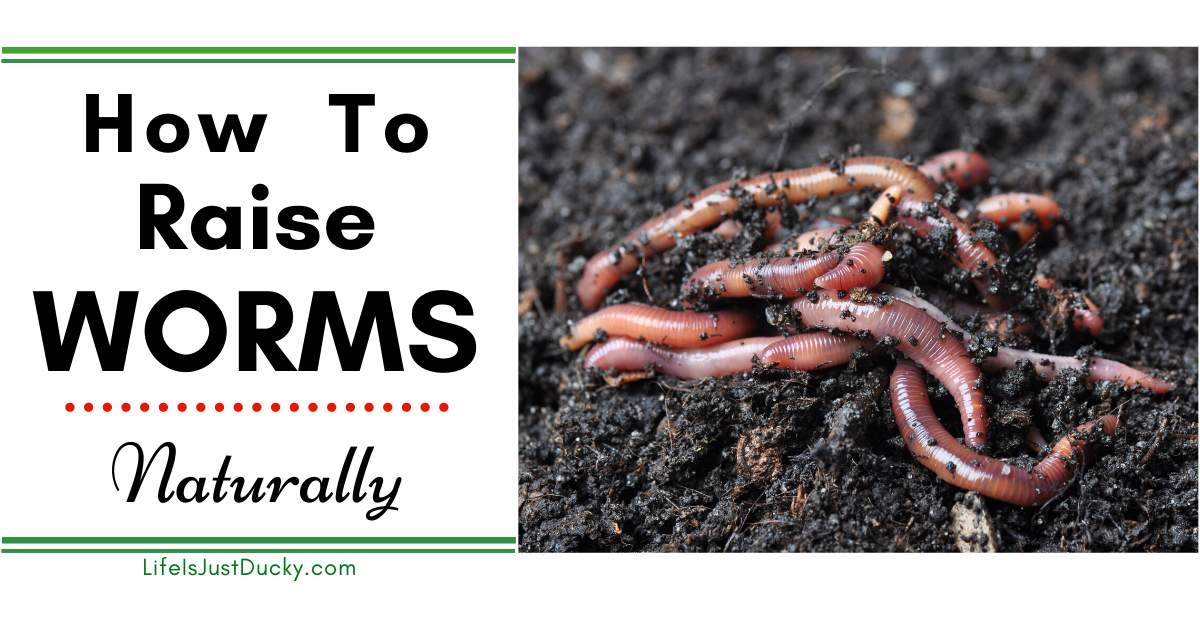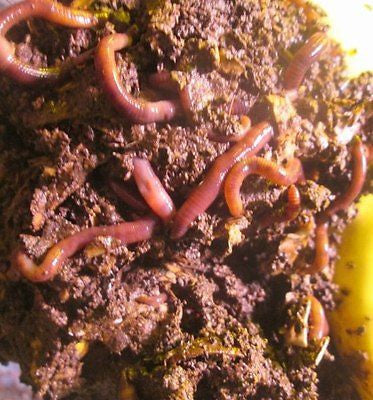The Ultimate Overview to Caring for Red Wigglers in Your Garden
Caring for red wigglers in your garden is a necessary part of lasting composting techniques that can considerably boost soil health and wellness and fertility. Understanding their details environment demands, dietary preferences, and maintenance needs is critical for promoting an efficient vermicomposting setting.
Understanding Red Wigglers

Red wigglers are identified by their reddish-brown pigmentation and fractional bodies, which can grow up to four inches in size. They possess a high reproductive price, creating cocoons that have several embryos, substantially raising their populace in appropriate habitats. Where to buy red wigglers. Their physiology allows them to endure different dampness degrees, although they thrive in wet conditions, ideally in between 60 ° F and 80 ° F.))

Establishing Up the Environment
Producing an ideal environment for red wigglers is vital for maximizing their composting effectiveness and overall health and wellness. Red wigglers thrive in a wet, dark environment with a temperature level range of 55 to 77 levels Fahrenheit.
When selecting a container, pick one that is well-ventilated to permit air blood circulation while preventing excess moisture loss. Plastic bins, wood boxes, or specialized worm bins are all effective choices. The base of the container must have water drainage holes to avoid water build-up, which could bring about anaerobic problems damaging to the worms.
For bed linens, use shredded coconut, newspaper, or cardboard coir, ensuring it is wet yet not soggy. This bedding offers not only as a habitat but also as a source of carbon. On a regular basis check the wetness level of the bed linens, and include water as essential to keep the ideal moisture. By establishing these conditions, you will certainly develop a growing atmosphere for your red wigglers, motivating efficient composting and healthier worm populations.
Choosing the Right Food
Picking the suitable food for red wigglers is crucial for their wellness and composting effectiveness. These worms prosper on a balanced diet that consists of a selection of natural products. Suitable food sources include fruit and veggie scraps, coffee premises, smashed eggshells, and shredded paper. It is necessary to prevent meats, dairy products, and oily foods, as these can attract insects and produce undesirable smells in the composting atmosphere.
Red wigglers like food that is cut or shredded, as this enhances surface and advertises a lot more reliable digestion. Furthermore, presenting food in percentages stops overfeeding, which can bring about anaerobic problems detrimental to worm health. Monitoring the worms' eating routines can likewise give understandings; if the food is taken in promptly, think about slowly boosting the amount.

Keeping Dampness and Temperature Level
A well balanced diet plan is just component of the equation when it pertains to making sure the wellness of red wigglers; his explanation maintaining proper wetness and temperature is equally essential. Red wigglers prosper in a moist setting, ideally between 70-85 ° F(21-29 ° C) This range sustains their metabolic processes and boosts their capability to break down raw material effectively.
On the other hand, too much wetness can develop anaerobic problems, which might damage the worms and generate undesirable odors. Frequently checking the dampness material and readjusting as necessary is necessary for a thriving worm population.
In regards to temperature level, severe changes can be harmful. If temperatures go beyond 95 ° F(35 ° C) or drop listed below 50 ° F(10 ° C), the worms may become inactive or die. To mitigate temperature extremes, consider making use of insulation for outdoor bins or moving the container to a temperature-controlled or shaded area. By thoroughly taking care of both moisture and temperature, you develop an optimal environment for red wigglers, boosting their performance and general health and wellness.
Harvesting Compost and Treatment Tips
Harvesting compost from your red wigglers is a satisfying procedure that not only advantages your garden yet also boosts the effectiveness of your worm bin - Where to buy red wigglers. To start, choose a harvesting approach that fits your configuration-- whether it's the tray, pyramid, or typical container technique. Each technique permits the splitting up of compost from worms effectively
When you're ready to harvest, concentrate on timing. Ideally, wait until the garden compost is dark, brittle, and earthy-smelling, usually after 3 to six months of digestion. To gather, you can carefully dig deep into the garden compost from one side of the bin, allowing worms to move to the uninterrupted our website side. You can utilize light to encourage worms to burrow deeper, making it much easier to collect the finished compost.
Treatment ideas after gathering consist of restoring your worm container with fresh bed linens and food scraps to preserve a healthy worm population. Make certain that the moisture and temperature levels remain ideal, and frequently keep an eye on for any signs of distress amongst the worms. By following these methods, you'll make sure a lasting cycle of compost production that improves your yard.
Verdict
In final thought, the successful care of red wigglers necessitates a thorough understanding of their habitat, dietary demands, and environmental problems. Establishing a suitable habitat with appropriate ventilation and wetness levels is necessary for fostering their wellness and efficiency.
By developing these conditions, you will certainly create a growing environment for your red wigglers, motivating effective composting and healthier worm populaces.
The pH degree of the food is one more essential factor; red wigglers prosper in a somewhat acidic to neutral atmosphere.A balanced diet regimen is only component of the formula when it comes to ensuring the health of red wigglers; preserving proper dampness and temperature is similarly crucial. By thoroughly handling both wetness and temperature, you create an optimum environment for red wigglers, boosting their productivity and overall wellness.
Harvesting compost from your red wigglers is a satisfying process that their website not only benefits your garden but additionally improves the efficiency of your worm container.